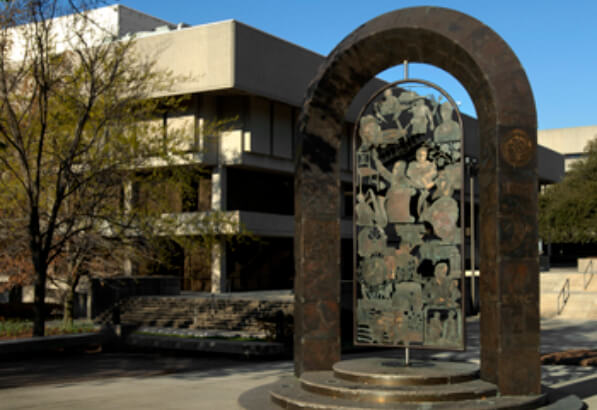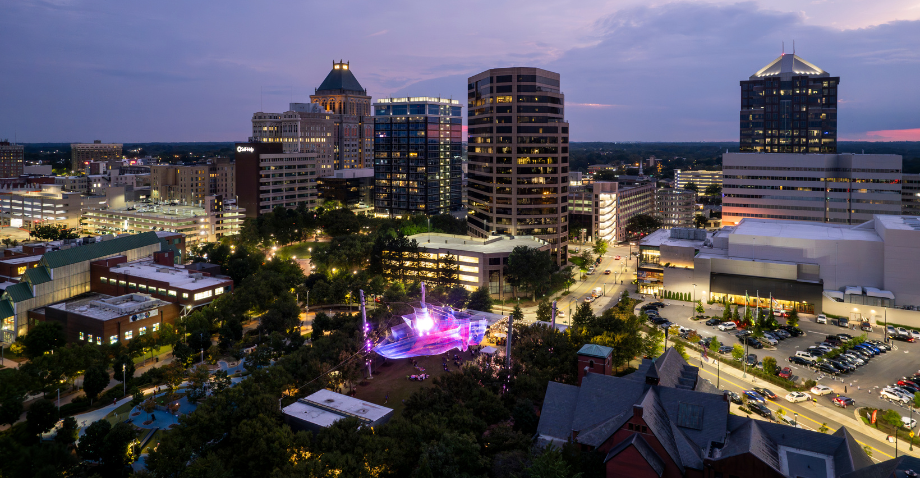
Greensboro’s city government has undergone many changes in its quest to provide democracy and equality to all constituents. In fact, it’s one of the few – if not only American city – to be governed by all three forms of city government: the ward-aldermanic system, the three-member commissioner system, and the council-manager system.
Three-Member Commissioner System

- Greensboro’s city government dabbled in a rare, three-member commissioner system from 1912 to 1921.
- In this system, three candidates were elected and each was given an area of municipal responsibility, such as public works or police. One was designated mayor.
- This system lasted only nine years before the city instituted the council-manager system, based on the theory that a big city needed a full-time manager to carry out council policies and run the daily operations of city government.
Council-Manager System
- The council-manager system is Greensboro’s longest-running system of city government. The system was adopted in 1921, though it has been modified over the years in the name of democracy.
- Under the council-manager form of government for municipalities, the elected governing body (commonly called a city council) is responsible for the legislative function of the municipality.
- The position of “mayor” present in this system is a largely ceremonial title and may be selected by the council from among its members or elected as an at-large council member with no executive functions.
- From 1969 until 1981, an aggressive reform movement tried to abolish the council-manager form in favor of a pure ward system, in which all council members would be elected by voters in a ward.
- That failed and reformers lost four more referendums to create a modified ward system.
Power Shift
- Although early reform referendums failed, change took place incrementally in Greensboro’s government.
- In 1975, the mayor’s position became popularly elected. Previously, the seven-member, at-large elected council chose one of its own as mayor.
- Jim Melvin, the council-selected mayor since 1971, won the first elected mayoral contest. He defeated Mary Seymour, the city’s first woman mayor pro tem and only the council’s second woman.
- Many Greensboro residents felt the seven-member at-large elected council-manager system served the city well since 1921. Ultimately, change called for all candidates to face voters in a democratic manner.
- Critics, however, viewed the system as undemocratic and unfair to black voters, who accounted for more than 30 percent of the city’s electorate.
- The largest concentration of voters lived in the city’s predominantly white northwest quadrant. Consequently, a sizable number of council members always came from the northwest.
Ward-Aldermanic System
- In 1983, the council succumbed to outside pressures and voted to install a modified ward system.
- It increased the council to nine members: five elected from districts, three at-large, and the mayor at-large. Two districts included African-American majorities.
- The new system brought about the first woman to hold the mayor’s office. Carolyn Allen was elected in the 1990s after previously serving as a council member. Greensboro’s first African-American mayor, Yvonne Johnson, became mayor in 2007.

